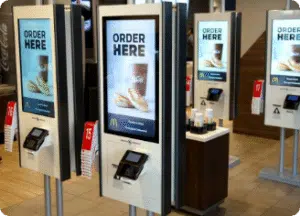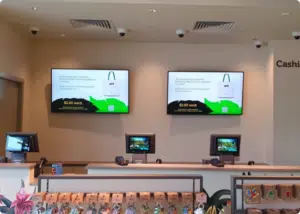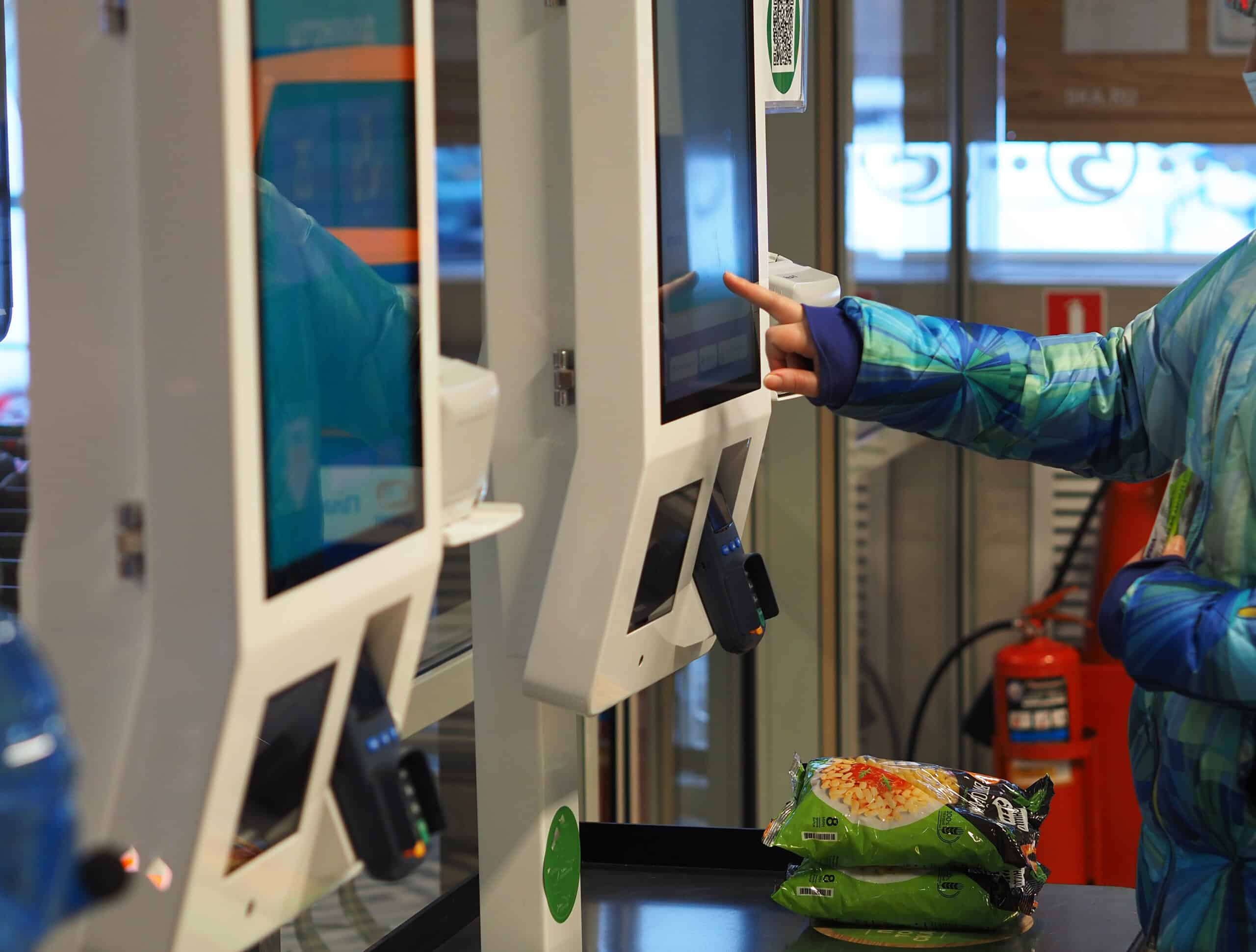What Are Self-Order Kiosk Systems?
Self-order kiosk systems are interactive touch-screen terminals that allow customers to place and customize their orders without the need for human intervention. These kiosk systems are typically integrated with point-of-sale (POS) systems, kitchen display systems (KDS), and payment gateways, ensuring a seamless transaction process from order placement to fulfillment. By leveraging kiosk systems, the F&B industry can optimize operations and improve customer satisfaction.
Benefits of Self-Order Kiosk Systems in the F&B Industry
1. Enhanced Customer ExperienceSelf-order kiosk systems provide a user-friendly and efficient ordering process, reducing wait times and offering customers greater control over their food selections. Features such as intuitive menus, detailed item descriptions, and customization options enable diners to tailor their meals according to their preferences.
2. Increased Efficiency and Reduced Labor CostsBy automating the ordering process, self-order kiosk systems alleviate the workload on staff, allowing them to focus on food preparation and customer service. This leads to faster service times and reduces operational costs associated with hiring additional cashiers.
3. Higher Order AccuracyMiscommunication between customers and staff can lead to incorrect food orders, affecting customer satisfaction. Self-order kiosk systems eliminate this issue by allowing customers to input their orders directly, minimizing human error and ensuring greater accuracy.
4. Upselling and Increased RevenueKiosk systems are programmed to suggest add-ons, promotions, and upgrades, encouraging customers to spend more. Studies have shown that customers are more likely to accept upsell suggestions when presented with visual prompts, leading to increased average order values.
5. Contactless and Secure TransactionsIn the wake of the COVID-19 pandemic, contactless transactions have become a priority for many businesses in the F&B industry. Self-order kiosk systems support various digital payment methods, reducing cash handling and ensuring safer transactions for both customers and staff.
Key Features of a Self-Order Kiosk System
- User-Friendly Interface: Simple navigation and interactive elements for a seamless experience.
- Customizable Menu Options: Allows customers to personalize their food orders with modifications and add-ons.
- Multiple Payment Options: Supports credit/debit cards, mobile wallets, and QR code payments.
- Integration with POS and Kitchen Systems: Ensures smooth order processing and kitchen efficiency.
- Multilingual Support: Enhances accessibility for a diverse customer base.
- Data Analytics and Reporting: Provides insights into customer preferences and sales trends for better decision-making.
Challenges and Considerations
Despite their numerous benefits, self-order kiosk systems come with challenges such as initial setup costs, system maintenance, and potential resistance from less tech-savvy customers. Businesses in the F&B industry must invest in proper training, customer education, and reliable technical support to maximize the benefits of kiosk implementation.
Conclusion
Self-order kiosk systems are revolutionizing the F&B industry by offering faster, more efficient, and customer-centric ordering solutions. By embracing this technology, businesses can improve service quality, reduce operational costs, and boost revenue. As digital transformation continues to shape the food and beverage industry, self-order kiosk systems will play an integral role in enhancing dining experiences and driving business growth.

















